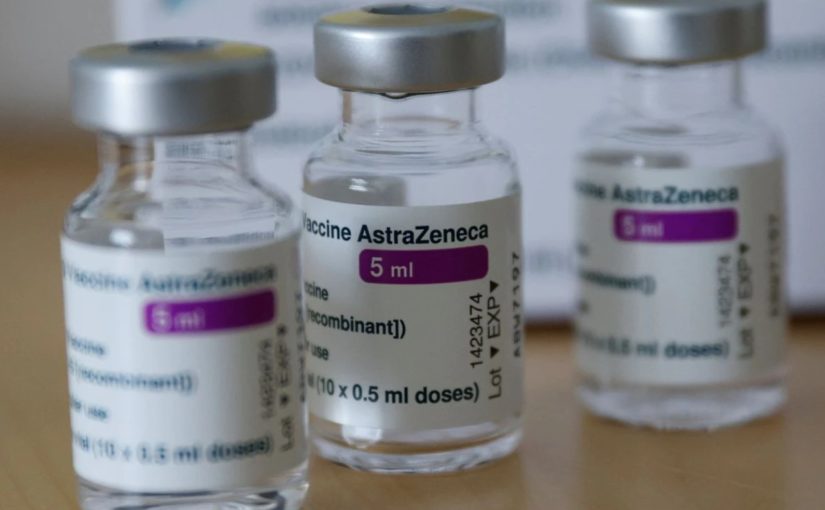What is a vaccine, and what does it do? Let’s take a look at how the CDC defines a vaccine.
A preparation that is used to stimulate the body’s immune response against diseases. Vaccines are usually administered through needle injections, but some can be administered by mouth or sprayed into the nose.
Current definition on the CDC webpage, “Immunization: The Basics“
That’s the current definition, but let’s step into the Wayback Machine. The CDC used to define “vaccine” in a different way.
A product that stimulates a person’s immune system to produce immunity to a specific disease, protecting the person from that disease. Vaccines are usually administered through needle injections, but can also be administered by mouth or sprayed into the nose.
CDC definition of “vaccine” in March 2020
The CDC removed a key word from their new definition, “immunity.” I wonder why they removed immunity. I guess it’s because the new “vaccines” do not provide immunity to the COVID-19 virus.
They know that people who have gotten two doses of drug therapy from Pfizer or Moderna (one dose from J&J) can still contract and transmit the virus. They’re even talking about needing boosters as soon as 4 to 6 months after the first shot.
Don’t let anyone talk you into getting a drug therapy that doesn’t work as advertised. It’s not a vaccine. The good news: there is one actual vaccine on the horizon. It’s from a company called Novavax. You can read all about how Novavax is Now the Best COVID-19 Vaccine.
Further Reading
The CDC quietly changed the definition of “vaccination” to fit the political narrative
I’m pretty sure that’s not how science is supposed to work.
